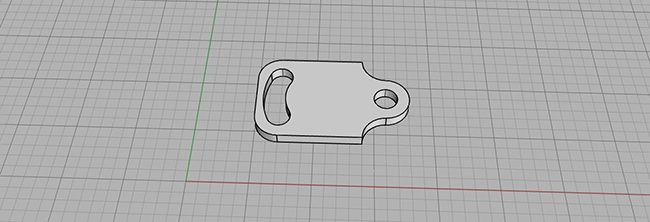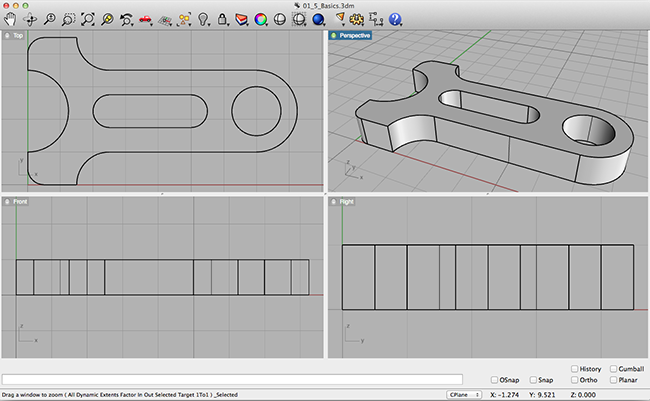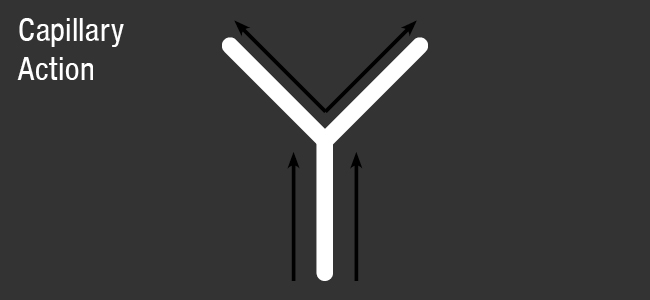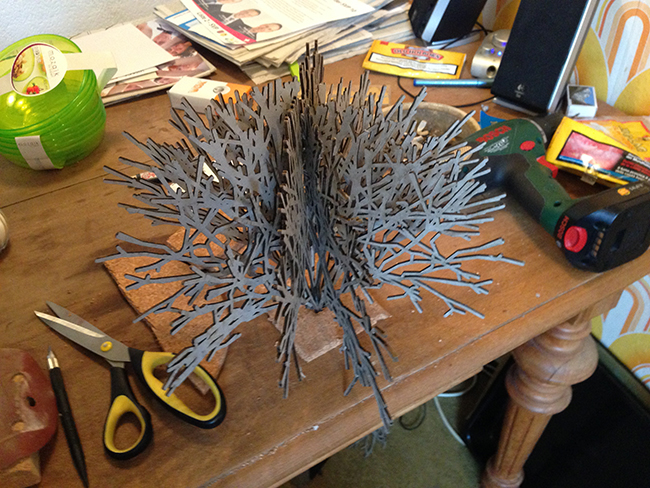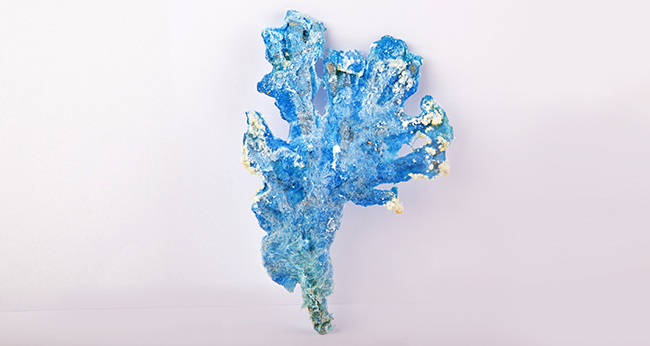19. January 2014
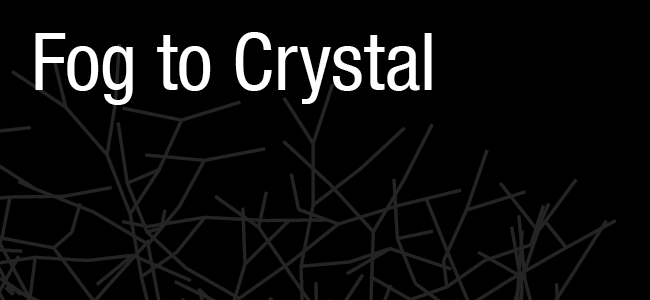
My basic material was fog, which itself is hard to grasp as a material to work with. As we were somehow limited in visualizing our ideas, I understood fog more as a transportation system for crystals (or what is going to form a crystal) and I thought that might be a bit less tricky to produce 3D-models.

It was the first time for me to use CAD and 3D modelling software. It was good to see how fast we made progress. Also getting Processing and Rhino to work together was inspiring.

I analyzed crystal growth and found some interesting approaches to simulate the process. I found that the "Lindenmayer System" is probably the best choice and started to do some coding in processing. By tweaking values I found appealing shapes and tried to materialize them to practice 3D printing.
From that point I came to the effect of capillary action and wanted to use it for my project.
I designed Y-shapes with different angles and investigated whether the angle effects the process of sucking the liquid upwards in some way.
So I grew my first crystals and came to the conclusion that there was no big affect.
My final idea was the to construct a tree and crystalize it using capillary action. The liquid was a 20 percent solution of monopotassium phosphate.
Laser cutting the elements.
Assembling the tree.
Unfortunately it didn't work the way I wanted. So I took the tree apart and used the individual parts to experiment further.
Here's a quick video of how the crystals grow. Obviously it works much better when putting the element directly into the solution than let the material sucking it up.
These crystals are grown by melting the solution (no capillary action):
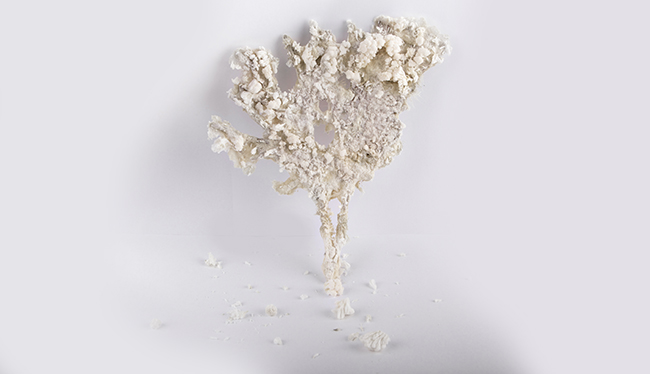
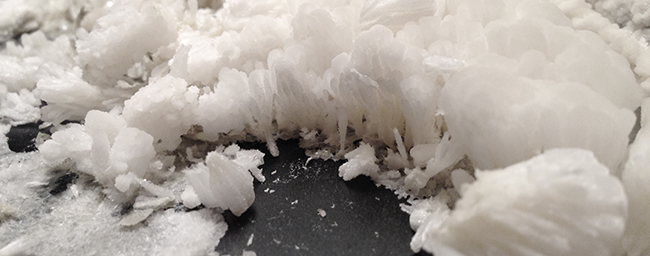
Whereas the following are all produced by putting a "transport" material into the liquid (with capillary action):


